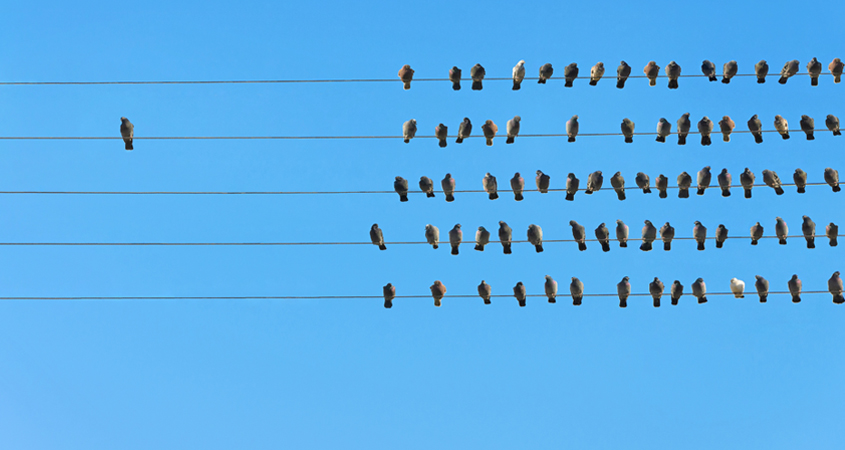Return from travel, self-isolation/quarantine and update on Covid-19 virus side effects.
As we move into and out of March Break, our team has been replying to your individual situations. Each of you will need to make risk/benefit decisions that are correct for your family. Certainly, the guidance from all public health departments here in Canada and in the U.S. is to cease all “unnecessary travel.” As Dr. Fauci from NHI said, “I certainly won’t be travelling for leisure reasons.” I concur.
If you are away now, Health officials in Canada (as of 3 pm EST Saturday March 14th) have now asked you to COME HOME as soon as possible.
Some of you are going to places that are becoming hot spots and that includes all the populated U.S. States, while others are literally in the desert or isolated islands. If you are in the latter location, the good news, maybe, is that you won’t get infected with the virus but maybe you’ll have trouble getting home, unless you have a private jet.
Nevertheless, if you have travelled OUTSIDE OF CANADA, as of this Friday March 13th, you are required to undergo Self-Isolation. What does that mean?
Here’s what’s in Bulletin #5:
- Why we want you home now? The Pandemic Model
- What is Self-Isolation? What you need to do when returning to Canada
- New updates about Covid-19 and testing
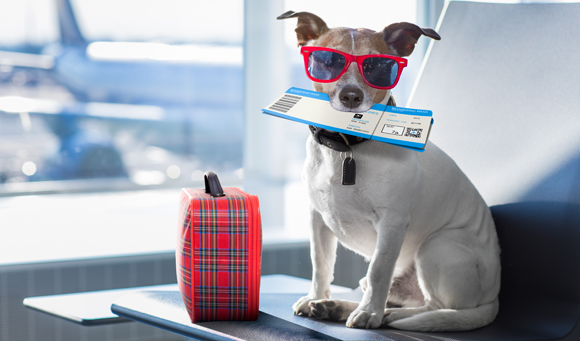
It’s time to come home. Here’s why.
NUMBERS DON’T LIE.
Source link: Maclean’s Magazine (March 13)
“How far behind is the U.S. with their testing? As of March 12, Canada had conducted over a thousand more tests than the United States, and we are one-tenth the size. As a result of testing and other measures, the growth rate of the virus is substantially lower in Canada, increasing at a rate of under 20 percent per day.
By comparison, in the U.S. confirmed cases are growing at an average rate of 40 percent over the last seven days. In one analysis of WHO data, Canada is doubling the number of infected every six days, while the US is doing so every two days. They are on track to reach Italian levels of infection within the next two weeks.
As a result, the single most likely vector for the coronavirus to spread into Canada, without question, is the movement of people across our southern border.
So it is not surprising that this morning the Canadian government, following the lead of some provinces, called for Canadians to avoid all international travel. That includes travel into the United States. And, in an interview with CBC, the Prime Minister did not rule out going further. When asked if he would close the border, he replied, “We are in the midst of looking at this … We’re in the midst of evaluating day-to-day what to do.”
Some epidemiologists have stated (including Anthony Fauci, the head of the U.S. National Institute of Allergy and Infectious Diseases at the National Institutes of Health) that the unexpected decision by Trump to block travel from Europe might not be the most effective means of addressing the pandemic, but it will nonetheless slow the spread of the virus into the U.S. That same logic would apply here.
Around the world, countries are finding themselves in utterly uncharted waters. In a complete reversal of roles, some African countries are now blocking travellers from Europe. Argentina has banned flights from the United States. The idea that Canada may do the same is no longer impossible.”
For weeks, I’ve been telling each of you that the numbers will rise. You all make decisions based on the numbers. This article written by Tomas Pueyo, (MEng, MBA) is a creator of viral applications.
His conclusions. “The coronavirus is coming to you. It’s coming at an exponential speed: gradually, and then suddenly. It’s a matter of days. Maybe a week or two. When it does, your healthcare system will be overwhelmed. Your fellow citizens will be treated in the hallways. Exhausted healthcare workers will break down. Some will die. They will have to decide which patient gets the oxygen and which one dies. The only way to prevent this is social distancing today. Not tomorrow. Today. That means keeping as many people home as possible, starting now”
Pueyo’s source link: MEDIUM article has received over 28 million views in the last week and translated into 28 different languages. It is a must read.This article was updated on March 13, 2020.
Do’s and Dont’s of Self-Isolation
There have been two words floating around ‘self-isolation vs self-quarantine’. Both are practically the same to most of us.
What does self-quarantine mean?
This means voluntary separation of a person believed to have been exposed to a communicable disease BUT not yet symptomatic, from others who may not have been exposed.
What does self-isolation mean?
It simply means separating oneself from other people.
General DOs:
- Try to keep at least 2 meters (3 steps) from other people in your home, particularly older people or those with long-term health conditions for a prolonged period of time
- Ask friends and family and delivery services to deliver things like food shopping and medicines but avoid contact with them. Throw away all the bags when you bring supplies into the house and do a quick wipe down
- Sleep alone if possible
- Keep one washroom to yourself, if you are the only one self-isolating
- Regularly wash your hands with soap and warm water for at least 20 seconds
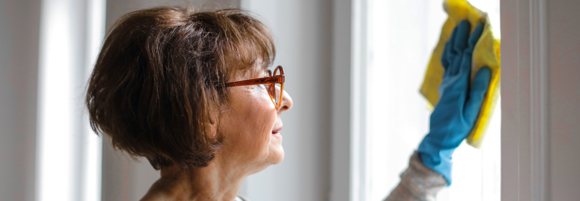
General DONTs:
- DO NOT have visitors
As much as possible, you should limit your contact with people other than the family members/companions you travelled with.
If you are in a home where the other residents have not travelled, minimize close contact with the other residents by avoiding situations where you may have face-to-face contact closer than 2 meters for more than 15 minutes. It will be helpful to wear a general surgical mask around the house if you are the only one requiring self-isolation.
Just to be clear, the other household residents and household staff who did not travel with you do not need to self-isolate provided the above precautions are followed. - DO NOT leave the house
But if you do, go to the park or go to your cottage if you can turn the heat and water back on now. Bring up enough food for 4 weeks. Plan to be there for 12 weeks. - DO NOT share anything in the house
This includes a long list starting with dishes, glasses/cups, eating utensils, towels, pillows. After using these items, you should wash them thoroughly with soap and water, place them in the dishwasher for cleaning or wash them in your washing machine.
Specific tasks upon arriving home:
- Wipe down and/or spray all surfaces with Lysol or equivalent.
I did that for my coat, shoes, suitcases, bags – anything that I brought home from the hotel and airport. - Keep all the travel clothes in the laundry room.
Then wash everything as you normally would with warm water and detergent. Items you cannot wash, hang them up in one place. Our understanding is the virus will not survive on porous surfaces such as fabrics after several hours – let’s just make it 24 hours as a good number. - Clean your house like you’ve never done before.
It’s something to do anyways if you are isolated at home. Make sure you use disinfectant cleansers and sprays. Keep surfaces clean and dry as the virus lives longer on moist surfaces and interestingly, smooth surfaces e.g. metals. Just wipe everything down OFTEN.
Ideas to Keep Busy
- Now’s your chance to throw out all the stuff you always wanted to purge, and you have at least two weeks to do it
- Read a spiritual book to calm your mind and gain perspective
- Go for a long walk and do an outdoor sport -cycling is a good one. Stop the large gyms.
- Create a new business plan for your company
- Do your taxes – smile please!
Reminders:
- Cover your coughs and sneezes.
Cover your mouth and nose with a tissue when you cough or sneeze, or you can cough or sneeze into your sleeve. Throw used tissues in a lined trash can, and immediately wash your hands with soap and water for at least 20 seconds making sure you dry them thoroughly. You can also use hand sanitizer.
ACTION: Make sure you always have a tissue handy around the house and in your pockets/purses. - Wash your hands
Wash your hands often and thoroughly with soap and water for at least 20 seconds. You can use a hand sanitizer if soap and water are not available and if your hands are not visibly dirty. The virus apparently has a ‘lipid’ layer and hence does ‘come off’ your hands with soap, just like detergent does for dishes.
ATTENTION: AVOID TOUCHING YOUR EYES, NOSE, AND MOUTH with unwashed hands.
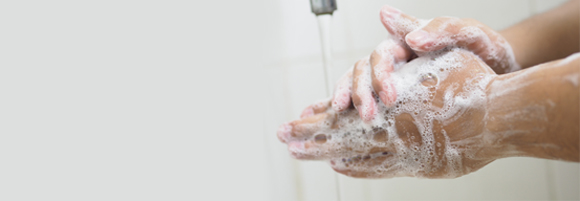
ACTION:
Make sure you have a HAND SANITIZER around you but if you cannot find them, buy a bottle of 70% rubbing alcohol and make your own batch of cotton pads (use the make-up pads) and keep them in a baggy. This will be helpful when you need to out and about.
It’s now time to use EVERYDAY MASKS to go out to shop and be in crowds, if you are not in self-quarantine.
Wear GLOVES too when you are touching doorknobs, elevator buttons, out shopping or pumping gas. When you get home, wash them with soapy water and/or wipe them down and/or spray with Lysol or equivalent.

More About COVID-19
TRUE: 80% of you who get it will recover, if you are not health compromised. BUT we are hearing from China that those who even had mild symptoms, are getting pulmonary fibrosis. This is permanent scarring of the lungs, which reduces your lung capacity.
TRUE: 20% get sick and require more medical help. We as a nation, will not be able to manage this capacity if it happens all at the same time and everywhere. New data suggests death rate is about 15% for seniors. This number has really not changed. The overall death rate is 3%. Only the sick die 3/20=15. It’s now reporting this way to give the reality of the situation. Hence take care of your family members.
TRUE: There are NO new treatments available.
Tamiflu does not work as you need to take it within 24 hours after infection. It also doesn’t cure but only lessens some symptoms while also giving you other undesirable ones.
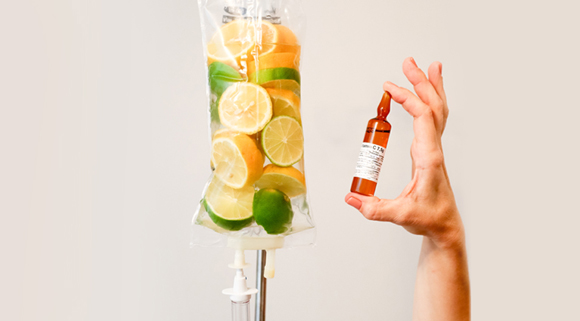
IV Vitamin C is now being studied as it was used in China along with other Chinese medicines as treatment. There is no clear picture on efficacy. Generally however, IV Vitamin C formulas have been used to boost immune systems. It remains an option for this purpose. Our team is acting now to implement in the coming week. In the meantime, take your AHCC and oral Antioxidants.
The hospital is helpful to you if you are dehydrated, therefore needing an IV, or you need breathing support with oxygen or a ventilator. But beds will be at a premium. Hence, try to NOT get sick. Prevention is the BEST cure.
Beds per capita: By comparison to U.S. vs Canada, the ratio is 2.8 vs 2.3. Not much better. However, U.S. is going to be overwhelmed before we will be. Note that in Canada, we do have a number of ‘closed’ hospital bricks and mortars that can go into operation, if needed. I strongly believe we are far more ready than our neighbours because of our SARS. Here’s the numbers link: OCED data charts
TRUE: You should only be tested if you are coming back from a place that has cases AND you are showing symptoms. Although all of you would like to be tested, it’s not going to happen so easily, and testing is only going to happen at designated COVID-19 assessment sites. This is for your safety and those testing you. At these designated locations, you will get a time to go for your test to minimize waiting and you’ll get tagged and logged properly. If you are positive, public health can follow up quickly.
Last but not least, if you are not showing symptoms, you may not have sufficient viral load, which can result in a FALSE NEGATIVE test. Hence, testing is best done if you are symptomatic and have reason to worry that you might have Covid-19.
These are the testing sites as of Sunday March 14th in the Toronto area- https://www.blogto.com/city/2020/03/map-coronavirus-test-centres-toronto/
NEW CAUTION:
This morning I spoke with the Chief of Ophthalmology, at St Michael’s Hospital. Most of the doctors in China who died are ophthalmologists. Why? It appears the eye harbours the virus and close contact with patients who are infected is a new revelation.
In addition to a cough, be on a lookout for a RED EYE. Classically, called conjunctivitis or “Pink Eye.” This is NOT yet out in the public domain. But if you are concerned about an eye issue, contact us.

A Word About Our Mental Health
While Self-Isolation sounds like someone else’s issue last week, it’s now an issue for all of us. It’s not easy to stay at home for two weeks, and likely more in a practical way. As university exams wind down, many of our kids are coming back. It’s not realistic to have them stay at home, alone. As a Mom, I understand these challenges. I’m living them out along with all of you. Decide perhaps that you ‘sacrifice’ one family member to ‘self-isolate’ together so that it’s not so lonely. This is not a normal experience for us as social beings.
Stay Safe Now. Get Home. It’s Last Call on Travel.


